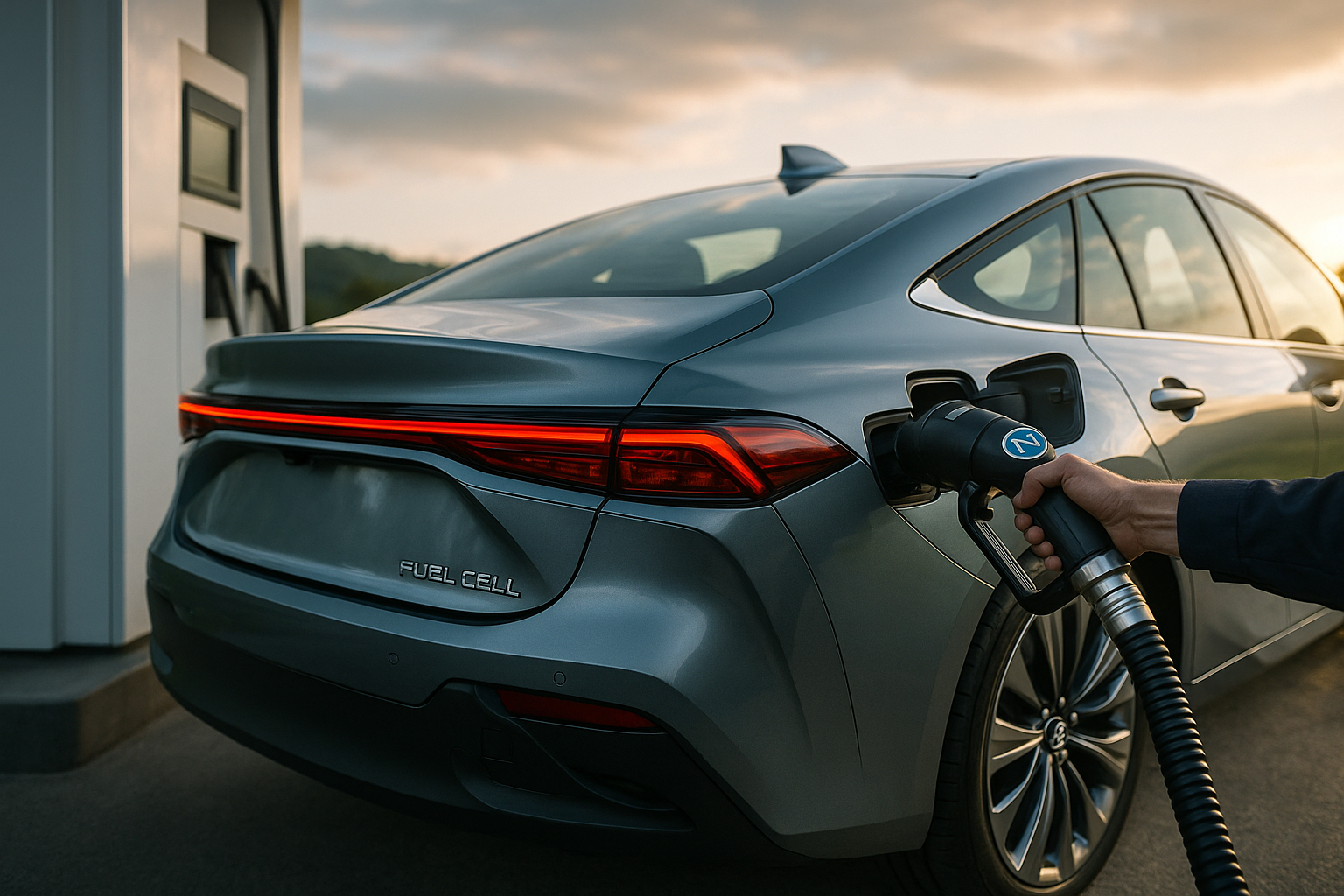"Fuel Cell Vehicles: Powering the Future of Sustainable Mobility"
Introduction: Imagine a world where vehicles run on a fuel that emits nothing but water vapor—a world where we no longer rely on fossil fuels for transportation. Welcome to the realm of Fuel Cell Vehicles (FCVs), where this vision is becoming a reality. This article delves into the fascinating world of FCVs, shedding light on their historical context, current trends, and potential impact on the automotive industry.

A Journey through Time: The Birth of Fuel Cell Vehicles
The concept of fuel cells isn’t new. It dates back to 1838 when a British scientist, Sir William Grove, discovered the principle of reversing electrolysis. However, the birth of FCVs only happened in the mid-20th century when General Motors introduced the Electrovan in 1966, the world’s first hydrogen fuel cell vehicle. Since then, the journey has been full of technological advancements and challenges.
The Science behind Fuel Cell Vehicles
Fuel cells generate electricity through a chemical reaction between hydrogen and oxygen. This electricity powers an electric motor, which drives the vehicle. Unlike conventional vehicles, FCVs produce zero tailpipe emissions, making them an appealing choice for reducing greenhouse gas emissions and improving air quality.
The Current Landscape of Fuel Cell Vehicles
Today, leading automakers like Toyota, Honda, and Hyundai have commercially available FCVs. However, their market share remains low compared to conventional and electric vehicles due to high costs, limited refueling infrastructure, and the challenge of producing and storing hydrogen in a sustainable way.
The Impact on the Automotive Industry and Beyond
The potential impact of FCVs is immense. They could significantly reduce the transport sector’s carbon footprint and reliance on fossil fuels. However, for this to happen, there needs to be a shift towards green hydrogen production, increased investment in hydrogen infrastructure, and further reductions in FCV costs.
The Road Ahead: Challenges and Opportunities
The road ahead for FCVs holds both challenges and opportunities. On one hand, there are hurdles—technical, economic, and infrastructural—that need to be overcome. On the other hand, there’s significant potential for growth and innovation in this space, driven by increasing environmental awareness and the ongoing quest for sustainable transport solutions.
In conclusion, the world of fuel cell vehicles is an exciting and evolving one. As we drive towards a more sustainable future, FCVs offer an intriguing alternative to conventional vehicles. However, the journey is far from over, and the ultimate success of FCVs will depend on how we navigate the challenges and opportunities that lie ahead.




